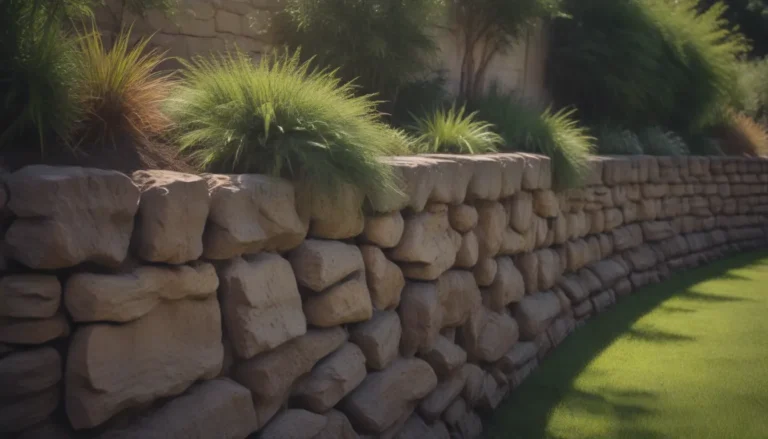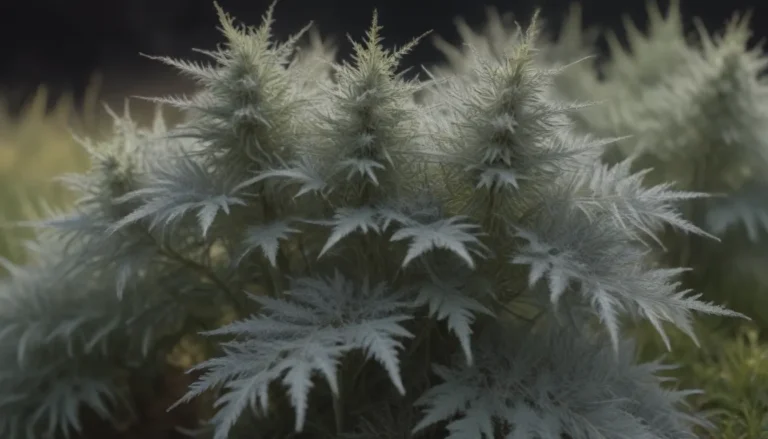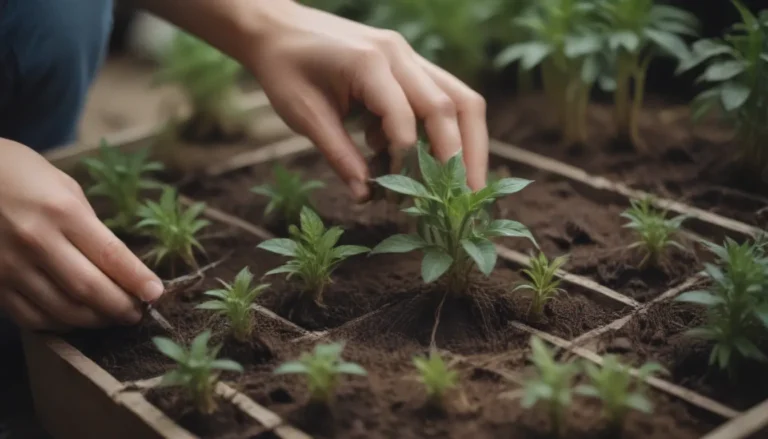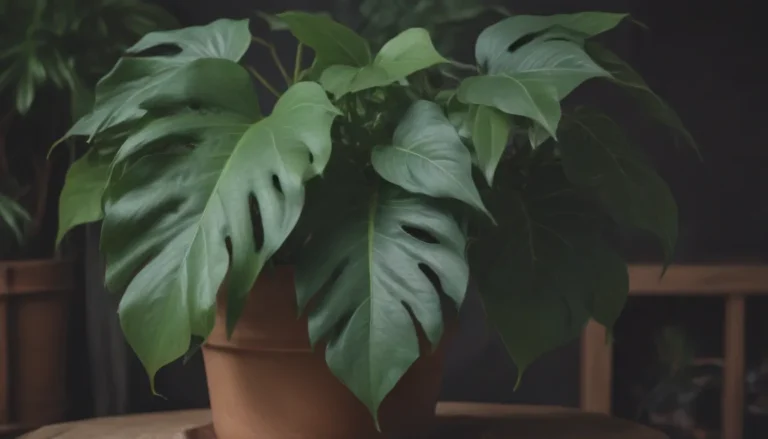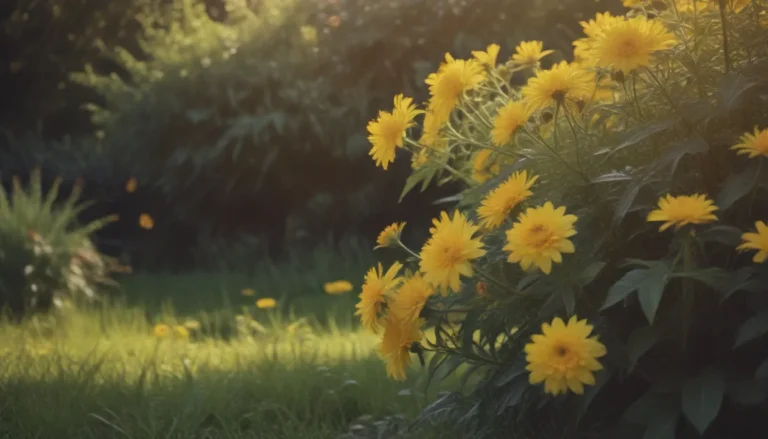The Complete Guide to Growing and Caring for Huernia Zebrina (Lifesaver Plant)
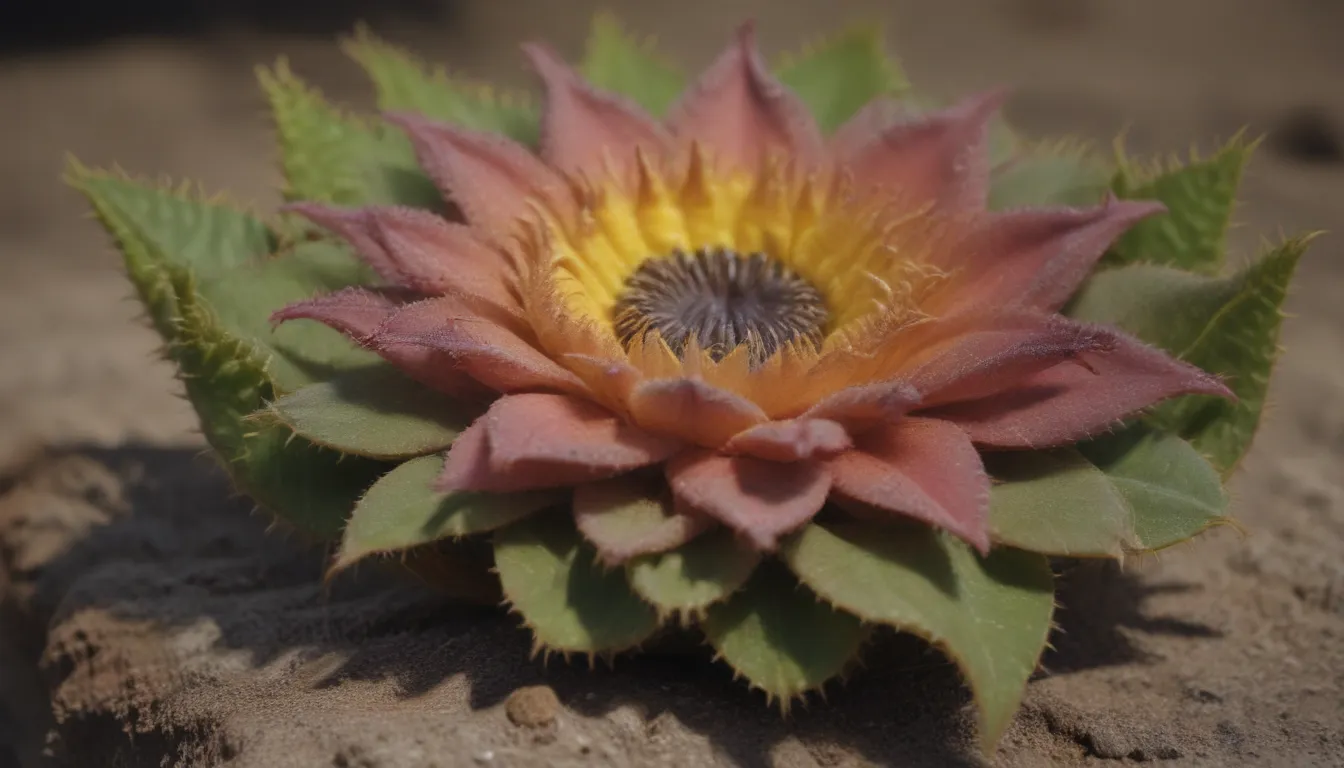
If you’re looking for a unique and stunning addition to your plant collection, look no further than the Huernia zebrina, also known as the lifesaver plant. This small perennial succulent from southern Africa is a real showstopper with its zebra-like stripes and exotic blooms. Despite its eye-catching appearance, caring for a Huernia zebrina is not as challenging as you may think. In fact, with the right conditions and a little know-how, you can easily grow and thrive this beautiful succulent in your own home.
Huernia Zebrina Care: Everything You Need to Know
Huernia zebrina is a great houseplant choice, especially for those with limited space. Its creeping growth habit means it won’t take over your living room or office, making it perfect for small spaces or even dish gardens. Here are the key care requirements to help your Huernia zebrina thrive:
Light
Proper lighting is essential for the health of your Huernia zebrina. In its natural habitat, this plant thrives as an understory plant, meaning it prefers indirect light. An east- or west-facing window that provides partial shade is ideal. Avoid exposing your plant to direct sunlight, especially during the hottest part of the day, as this can stress the plant and make it more susceptible to diseases. Depending on the light levels, you may notice the stems of your plant changing color from deep green to red.
Soil
Like most succulents, Huernia zebrina requires well-draining soil to prevent root rot. Use a specialized cactus or succulent potting mix that contains both inorganic elements like sand and perlite, as well as organic matter. Unglazed pots are recommended as they allow excess moisture to evaporate, promoting healthy root growth.
Water
When it comes to watering your Huernia zebrina, less is more. During the growing season in spring and summer, water your plant when the top inch of soil feels dry to the touch. Thoroughly saturate the soil, allowing excess water to drain out of the bottom of the pot. Empty the saucer to prevent water from pooling around the roots. In winter, when the plant goes dormant, reduce watering to once a month.
Temperature and Humidity
Huernia zebrina is sensitive to frost, so avoid exposing it to cold temperatures. During the summer, you can move your plant outdoors to a patio or porch, as long as it is protected from the harsh midday sun. Keep in mind that outdoor conditions may cause the soil to dry out more quickly, so adjust your watering schedule accordingly.
Fertilizer
During the growing season, you can fertilize your Huernia zebrina once a month with a specialized liquid succulent plant food or a complete granular fertilizer. However, reduce or stop fertilizing in late summer as the plant enters dormancy.
Types of Huernia Zebrina
Huernia zebrina variegata is a rare variety of Huernia with variegated leaves, adding a unique touch to your plant collection.
Propagating Huernia Zebrina
One of the great things about Huernia zebrina is how easy it is to propagate. During the growing season, you can propagate your plant by taking stem cuttings and allowing them to callus before planting them in a well-draining soil mix.
Potting and Repotting Huernia Zebrina
Huernia zebrina typically doesn’t outgrow its container, so you may not need to repot it frequently. However, refreshing the potting soil every two years can benefit the plant’s growth and overall health.
Overwintering
When temperatures start to drop below 50 degrees Fahrenheit, it’s time to bring your Huernia zebrina indoors for the winter. Place it in a bright location away from drafts, and reduce watering to once a month during the plant’s dormancy period.
Common Pests and Plant Diseases
Huernia zebrina can attract mealybugs, so keep an eye out for any signs of infestation. Overwatering can also lead to root rot and stem rot, which can be identified by soft, dark spots on the plant. If you notice any signs of disease, promptly remove the affected areas and disinfect your tools to prevent further spread.
How to Get Huernia Zebrina to Bloom
Huenria zebrina blooms throughout the summer months, producing unique flowers that resemble a fantasy creation. The zebra-striped petals and the glossy, rubber-like ring in the center give the plant its common names, lifesaver plant or carrion flower. While the flowers may not be pleasing to the human nose, they are designed to attract pollinators.
How to Encourage More Blooms
Proper lighting is crucial for encouraging blooming in Huernia zebrina. Make sure your plant receives adequate sunlight but avoid overexposure, as this can hinder blooming.
Common Growing Problems
Yellowing Leaves
If you notice yellowing or browning of the leaves, it may be a sign of too much direct sunlight. Move your plant to a location with more shade to prevent leaf damage.
Drooping Leaves
Drooping leaves are often a sign of overwatering. Check the soil moisture and adjust your watering schedule to avoid waterlogged conditions.
In conclusion, Huernia zebrina is a unique and low-maintenance plant that can add a touch of exotic beauty to your indoor garden. With the right care and attention to its specific needs, you can enjoy watching this fascinating succulent thrive and bloom year after year. Whether you’re a seasoned plant enthusiast or a beginner looking to expand your collection, Huernia zebrina is a must-have for any plant lover.
